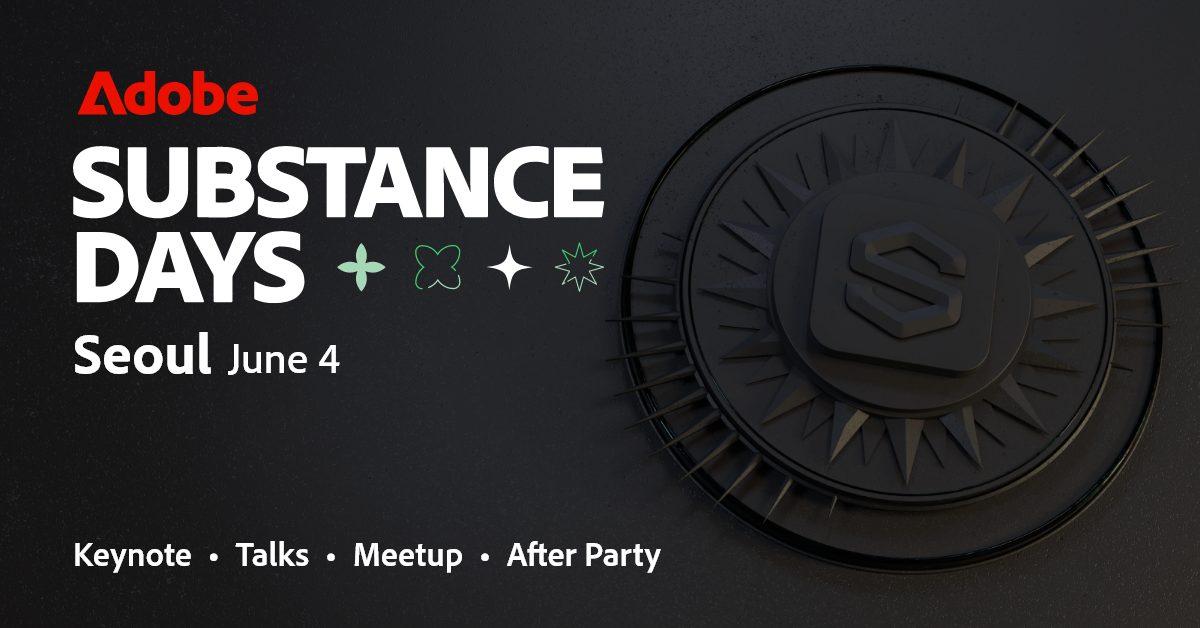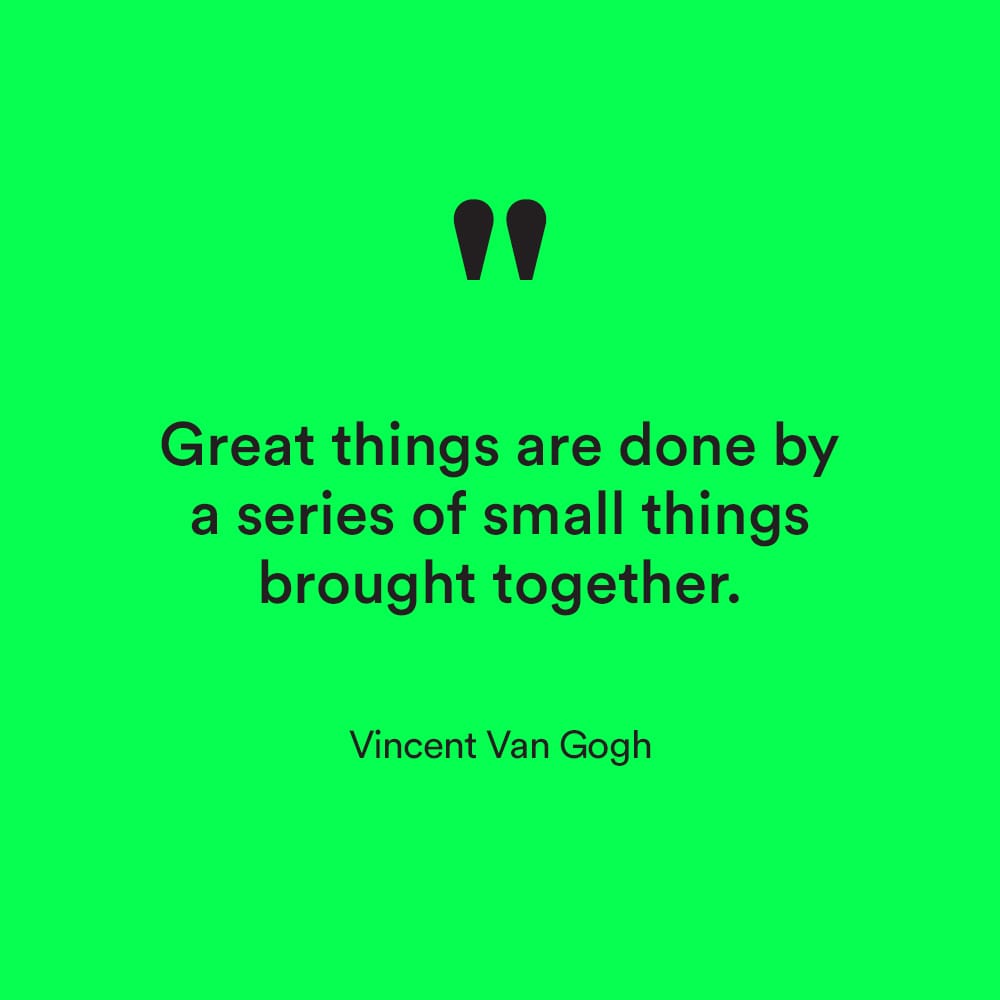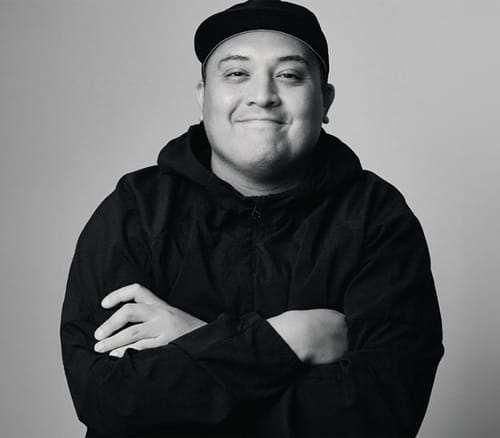Hello Friends,
I'm thrilled to introduce Hector Silva, an exceptional industrial designer and educator known for his innovative designs through his studio, H Design. Collaborating with top brands like Crate & Barrel and Nickelodeon, Hector's expertise spans toys, housewares, and beyond. He has taught at prestigious institutions such as the University of Illinois at Chicago, the University of Notre Dame, the Academy of Art University, the School of the Art Institute of Chicago, and the Rochester Institute of Technology, earning the Young Educator of the Year award from the Industrial Designers Society of America (IDSA).
Hector's dedication to accessible design education led him to found Advanced Design (AD), a nonprofit that has revolutionized the field by making it more inclusive and bridging the gap between students and industry professionals. AD received the Special Achievement Award from IDSA under his leadership.
Additionally, Hector launched Offsite, an experimental design school that challenges traditional academic methods. This cutting-edge program, led by industry leaders, aims to equip students with crucial skills and mentorship, preparing them for successful careers and providing ongoing professional support.
I had the chance to catch up with Hector and dive into his creative mindset in this short interview. I'm sure you'll find it as inspiring as I did, so let's get started:

✱ How do you approach brainstorming and your overall creative process?
My approach involves deeply immersing myself in history, trends, and culture, as I believe this upfront investment significantly enhances my creative process. By delving into these areas, I gather a wealth of knowledge that informs my work. When it comes time to brainstorm, my research naturally influences my ideas, allowing me to develop concepts more fluidly.
This extensive background research is a foundation that subtly guides my creative thoughts. By understanding historical design movements and current trends, I can create innovative and relevant designs. This historical context and contemporary insight blend helps me produce well-rounded, impactful work.
✱ Where do you gather inspiration for your designs and how do you keep up with current trends?
I'm a firm believer in seeking inspiration through direct experience. My recent activities have involved traveling, documenting, and capturing photographs, delving deep into various subjects' historical and cultural aspects.
I prefer experiencing things firsthand — touching and feeling them, engaging all my senses. This hands-on documentation forms a crucial part of my creative process, and I often incorporate these 'findings' into my work.
As for keeping up with current trends, I consume much content through reading and watching videos. The design community is vibrant with discussions about the future, and I make it a point to read diverse opinions. Additionally, I have strong connections with designers in my desired fields, leading to insightful conversations about emerging trends. It's like receiving firsthand knowledge about what's happening and what's on the horizon.
✱ How has a failure or unexpected outcome in your past work reshaped your design philosophy or approach?
Embracing failure is a critical learning step, starting as early as your student days. Understanding that failure is an integral part of the learning process is crucial. What contributes to good design? The answer is failure.
Many great ideas emerge through iteration and by encountering failures sooner rather than later. This approach enables you to move forward and continue working without the burden of feeling misguided. Incorporating these failures into my process and philosophy is something I often do. Remember, presuming outcomes can stifle creativity, and embracing failure is essential for excellent design.
✱ How do you balance innovation with constraints like timelines and budgets?
Constraints are inevitable in design, and it's essential to advocate for design integrity. Those not versed in design may be inclined to compromise, sacrificing innovation to meet budget constraints, resulting in projects that deviate significantly from their original vision.
It's crucial to assess project limitations, set clear innovation objectives, evaluate the potential impact, and prioritize actions based on value.
Involving relevant stakeholders and being flexible to adapt and adjust as needed are key steps in this process.
✱ What advice would you give to aspiring designers aiming to achieve your level of success?
My advice to aspiring designers is to continually pursue learning, extending beyond the confines of traditional academia. It's vital to remain a lifelong learner. Seek opportunities to expand your knowledge and skills through formal education and self-directed exploration. Surround yourself with experienced designers for mentorship and insights.
Attend conferences to stay current and inspired, listen to design-focused podcasts for valuable insights from top designers, and take advantage of online courses, webinars, and workshops to keep your skills up to date.
Remember, success is rarely a solo journey.
Engage in collaborative projects, participate in design communities, and seek peer feedback. Collaboration and learning from others will enhance your work and broaden your perspective.
By embracing lifelong learning and leveraging the support of the design community, you can confidently navigate your career and continually push the boundaries of your creative potential.

A huge thank you to Hector Silva for generously sharing his insights and wisdom with us. His dedication and innovative approach to design and education are truly inspiring.
Currently, Hector is focused on two main projects. First, the ever-evolving Offsite school continues to revolutionize industrial design education by offering unique opportunities for skill enhancement and evolution. Second, an exciting upcoming project: "The Portfolio Zine." This zine is set to become an invaluable resource for designers, covering essential topics such as storytelling, layout techniques, grid usage, maintaining health, and understanding our limits as non-graphic designers to avoid overcomplicating our work. So stay tuned for his latest and greatest in both initiatives!
You can follow Hector on Instagram and LinkedIn to keep up with his latest projects and insights.
As we wrap up this edition, let's embrace our creative journeys with enthusiasm and openness. Continue to explore, innovate, and let each challenge guide you to new heights. Stay curious, stay inspired, and let's make our mark on the world together. Here's to the next great idea and our shared journey toward impactful creativity!
Dream Big!
Hussain Almossawi

See you in Seoul!
Next week, on June 4th, I'm honored to be giving a keynote speech at Adobe Substance Days in Seoul, South Korea. I'm truly excited to connect with the amazing design community and be inspired by the great creatives attending the event. If you're in Seoul, please come say hi—I look forward to meeting you and sharing ideas!



